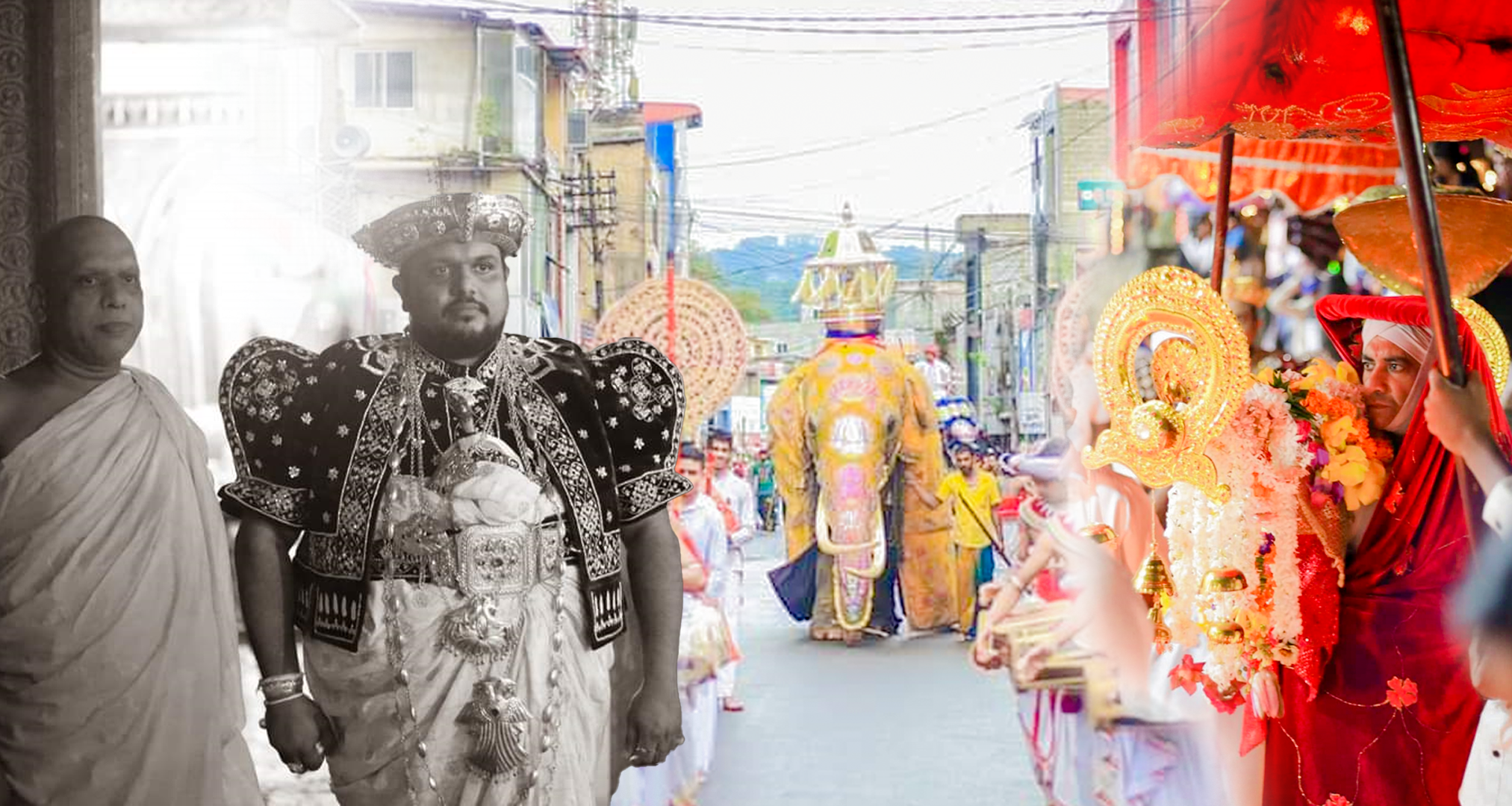Gampola Wallahagoda Sri Maha Kataragama Devala was constructed by the founder of the Gampola Kingdom, the King Bhuvanekabahu IV. The auspicious day of September 7 this year is set aside for the traditional, Annual perahara of this Devalaya.
In addition to congratulating the event, Honourable President Mr. Ranil Wickramasinghe stated that the Wallahagoda Sri Maha Kataragama Dewalaya’s Esala festival is a historical legacy that encourages the peaceful coexistence of Muslims, Sinhalese, and Tamils by dedicating themselves to preserving the enduring customs and keeping them alive for future generations, which is a warrant confirmation.
Numerous unique rites are carried out for the Esala Mangalya in this Devala in connection with the Temple of Tooth relic and the Four Maha Devalas, which is the occasion of the Sathara Mangalyas’ celebration. That being said, the dates of the Inner Perahara are set for September 7–11, Kumbal Perahara for September 12–16, and Randoli Perahara for September 17–21. The Esala celebration will come to an end on September 22nd following the afternoon perahara. On September 20th is the festival of blazing fire. At the Boatalapitiya ferry on the Mahaweli Ganga, together with the Ambakke Kataragama Devala perahera, Vegiriya Natha Devala perahera, Lankathilaka Vishnu Devala perahera, and Ganegoda Kataragama Devala perahera, Vallahagoda Devala perahera fulfils the custom known as Diyakapuma (ritual unites with water) to honour the King Wickramahabhu III’s Queen HenakadaBiso Bandara in the Gampola era who claimed to have been deified after her sudden death.
The unique aspect of the perahara this afternoon is the gathering of Muslim and Tamil organisations to pray for the occasion close to the Gampola Kadireshan Kovil and to the Kahatapitiya Mosque.
Following a disturbance in 1915, the British government forbade the holding of this perahera. However, Mr. Tikiri Bandara Alikewala, the Basnayaka Nilame of this Devala at the time, was able to file a case against the English government and win a landmark ruling that determined the perahara’s right to be held in Sri Lanka.
To maintain this historical significance, Mr. Srimath Madhushanka Bandara Weliwita, the present Basnayaka Nilame, provided direction to Mr. Rajeev Bandara, Head Kapu Rala of the Maha Devala, and Mr. Samira Wijeratne, Kapu Rala of the Palle Dewala.











